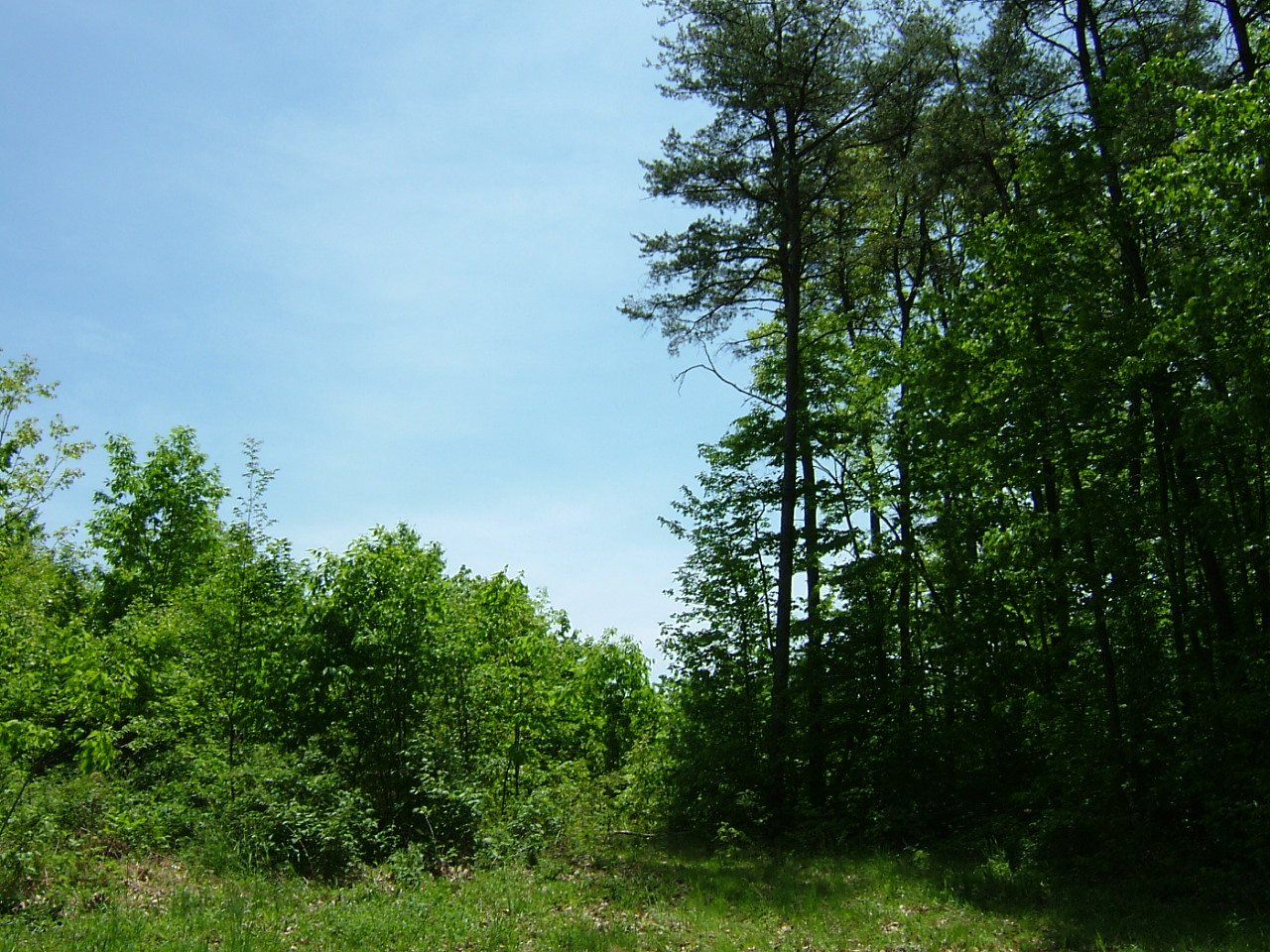oak

Old forests store new nitrogen–and may soak up nutrient excesses
Ecologists working in central Pennsylvania forests have found that forest top soils capture and stabilize the powerful fertilizer nitrogen quickly, within days, but release it slowly, over years to decades. The discrepancy in rates means that nitrogen can build up in soils, David Lewis, Michael Castellano, and Jason Kaye report in the October 2014 issue of ESA’s journal Ecology, published…
Read MoreNew grants promote greater understanding of infectious disease
This post contributed by Lindsay Deel, a Ph.D. student in geography at West Virginia University and Intern with ESA’s journal Frontiers in Ecology and the Environment Infectious diseases won’t know what hit them. A massive new collaborative effort between funding sources in the United States (US) and United Kingdom (UK) takes aim at infectious diseases from ecological and social perspectives,…
Read MoreIf you give a mouse an acorn…
The following is a story, but it describes a real scientific process: the relationship between acorns, mice, ticks and a bacterium. On a chilly November night, in a deciduous forest in the eastern U.S., a mouse prepares for the season ahead. More specifically, a female white-footed mouse—competing with other mice and animals for acorns—is reaping the fruits from a mast year: The oak trees in the region produced a generous blanket of acorns across the forest floor this autumn.
Read MoreWarning: array_map(): Expected parameter 2 to be an array, null given in /home/esaorg/public_html/wp-content/themes/esa-main/inc/functions/nav_pagination.php on line 49